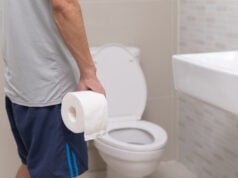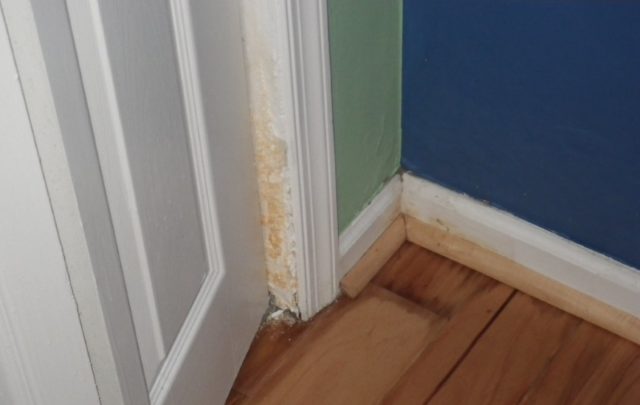
Dealing with deeply stained wood can be difficult, but before you give up, try these methods that get rid of tough wood stains. Getting rid of blemishes caused by red wine spills, permanent marker streaks, or rings from water is crucial to keeping your hardwood floors looking their best. Most importantly, clean up any spills, streaks, or stains quickly so they don’t penetrate into the wood.
Watermarks
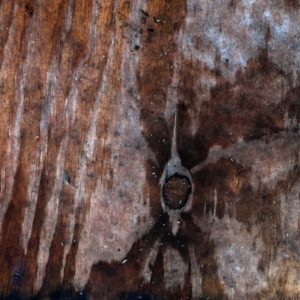
The easiest way to remove these white marks is to use a light abrasive. Car wax, salt, baking soda, or non-gel toothpaste all work well without scratching or harming the delicate wood finish. Add some water to make a paste, if necessary, and gently rub it in with a soft cloth or sponge. If the spot remains, try mixing toothpaste and baking soda and re-apply. Once the spot clears and the wood is completely dry, apply furniture polish or a drop of olive oil and enjoy the luster of your restored floor.
Red wine or food stains
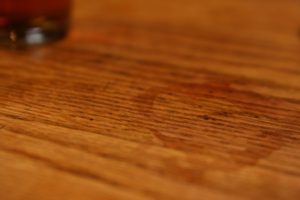
Boil one quart of water and drop in six black tea bags. After the water cools to room temperature, soak a soft cloth in the tea solution and set it on the stain for one minute at a time. Wipe with a clean towel and repeat until the stain disappears.
Pet urine
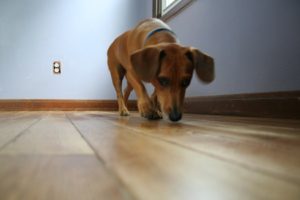
Oxalic acid is a natural, organic compound found in vegetables that can be used as a bleach for removing stains without changing the color of the wood. Dissolve a few tablespoons in a quart of hot water and paint it onto the stain with an artist’s brush. Allow the area to dry thoroughly. Once the stain lightens to the desired color, neutralize the acid with a solution of borax dissolved in hot water.
Read more detailed directions to use oxalic acid at https://www.realmilkpaint.com/shop/strippers-removers/oxalic-acid-wood-bleach/.
Keeping your floors looking great means dealing with spills quickly before they seep into the wood. If none of these methods work, you can consider painting or refinishing the wood in a dark color. If that’s not an option, you might need to remove and replace the stained boards.







